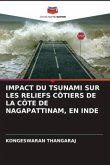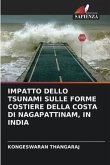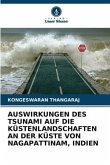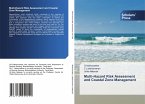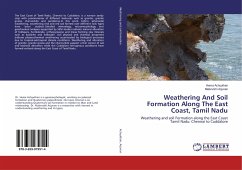The 26th December, 2004 tsunami event along the Tamil Nadu coast brought lot of geomorphic and sedimentological changes. In the study area the tsunami resulted in the breaching of sand dunes, the filling of lagoon, erosion and the loss of numerous lives. It can be concluded from the study that stabilized dunes with vegetation offer some protection to the coast from natural marine disasters like cyclone surges, tsunamis or extreme storm waves. The study has revealed that the central coastal parts of Tamil Nadu, namely Cuddalore - Nagapattinam districts, which were worst affected by the recent tsunami, expose a combination of landforms of tectonic, fluvial, fluvio - marine and marine processes. These different landforms have responded differently to the recent tsunami viz: as facilitators, carriers, accommodators, absorbers, barriers etc. The present study shows that satellite remote sensing-based land cover mapping is very effective for Coastal Geomorphology changes. The high-resolution satellite data such as IRS LISS III data and Landsat ETM are excellent source to provide information accurately.
Bitte wählen Sie Ihr Anliegen aus.
Rechnungen
Retourenschein anfordern
Bestellstatus
Storno



